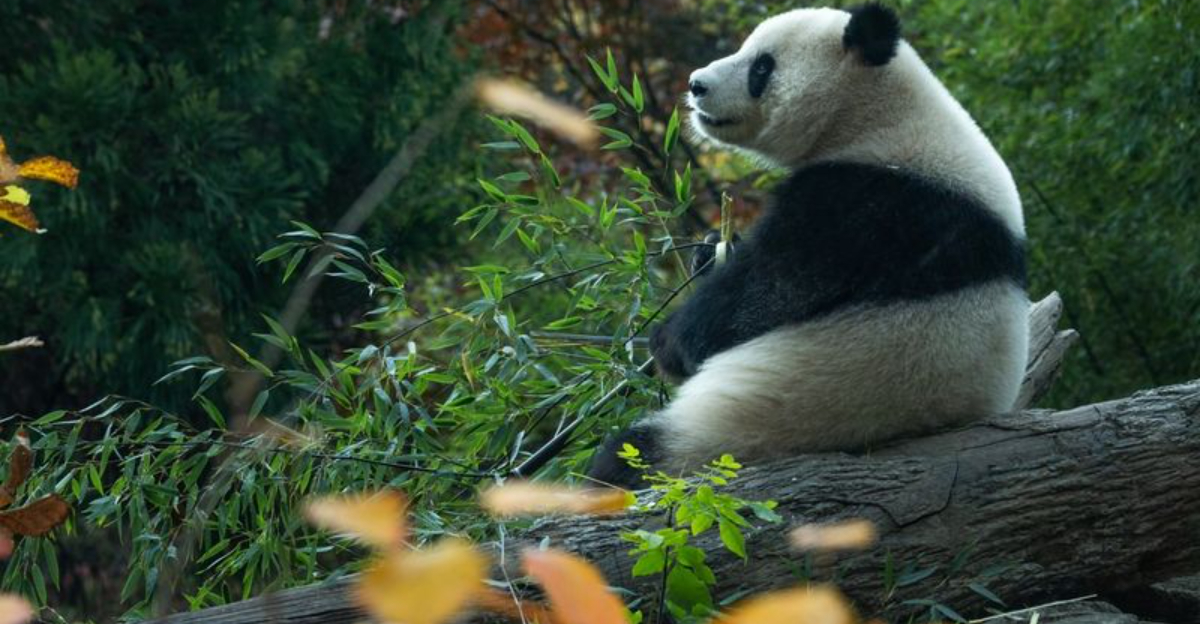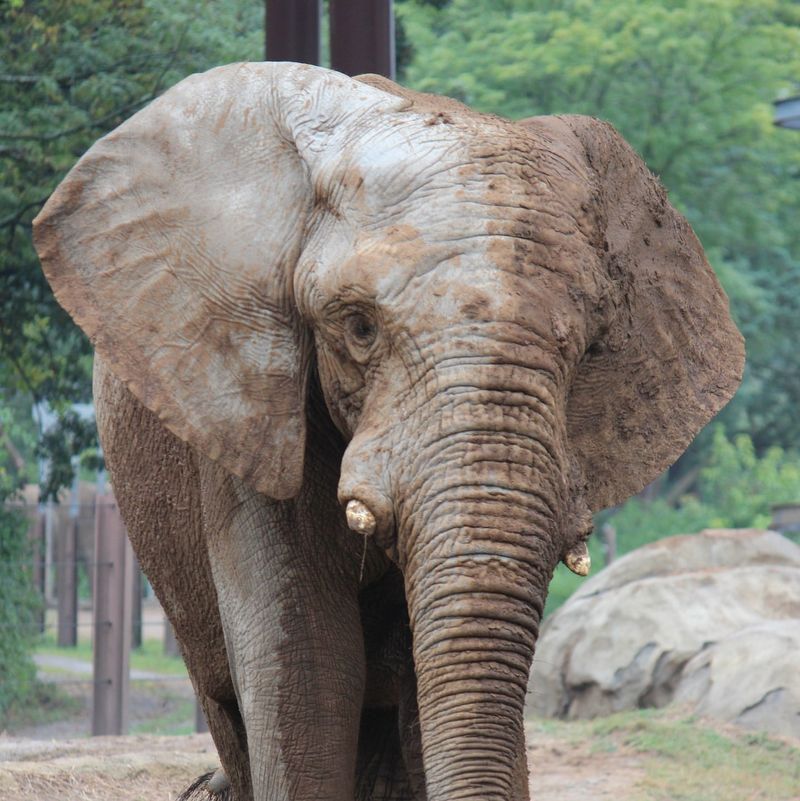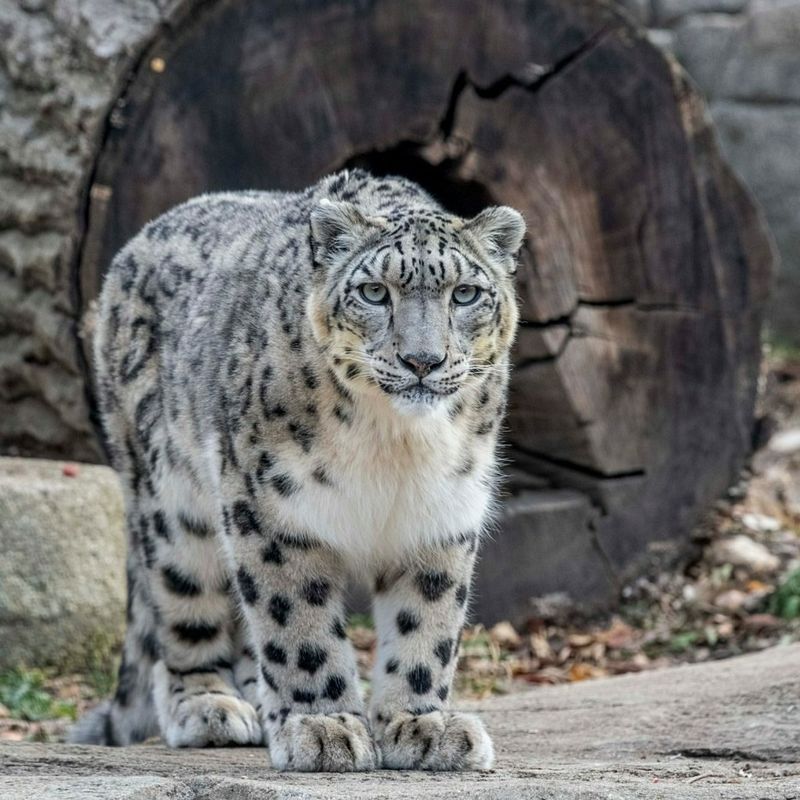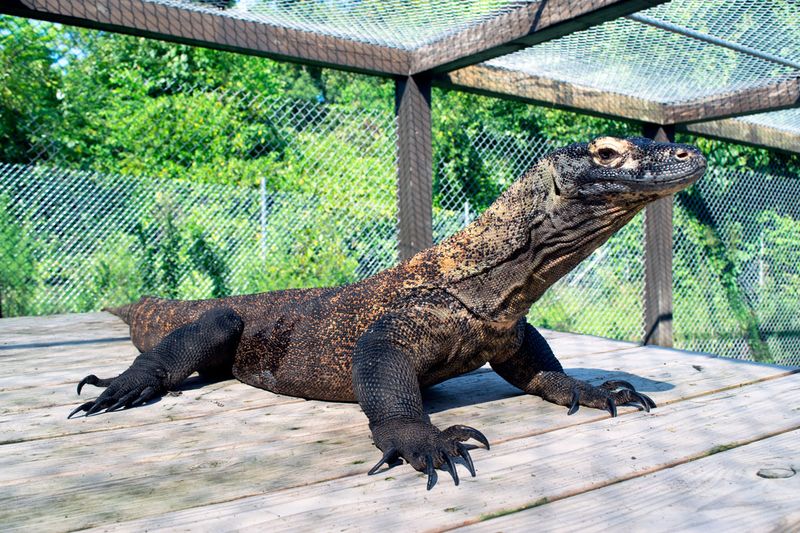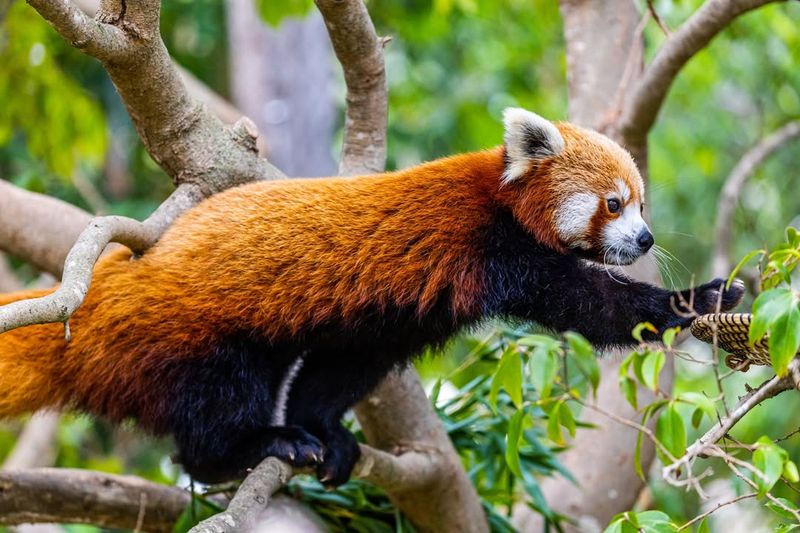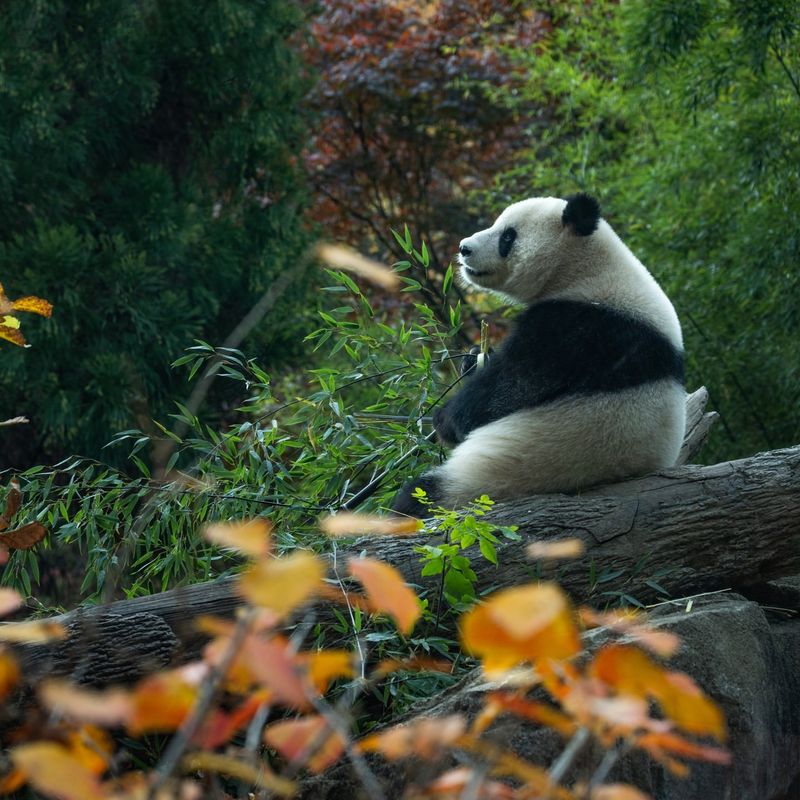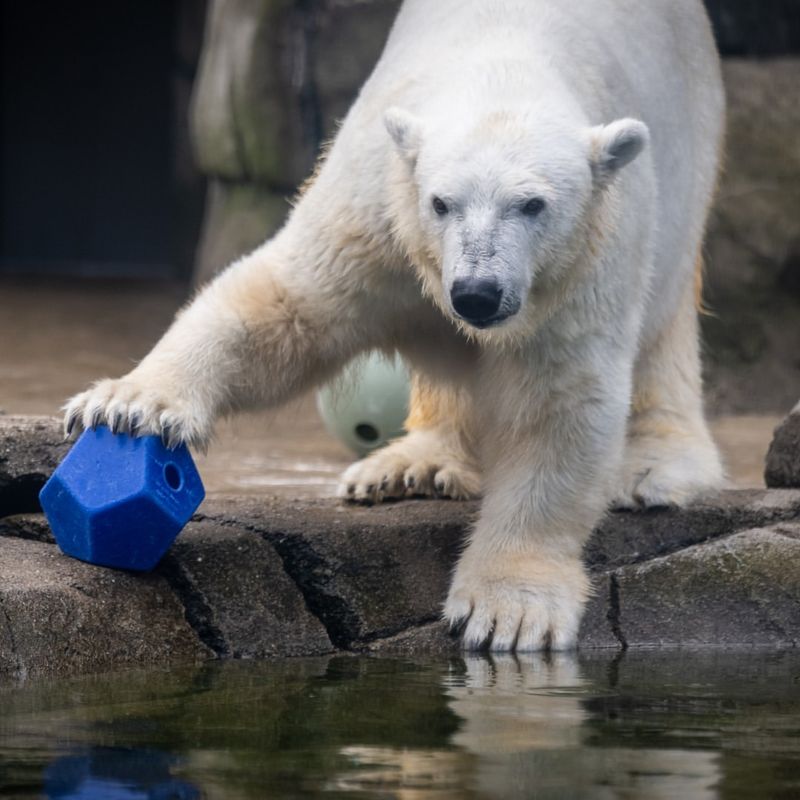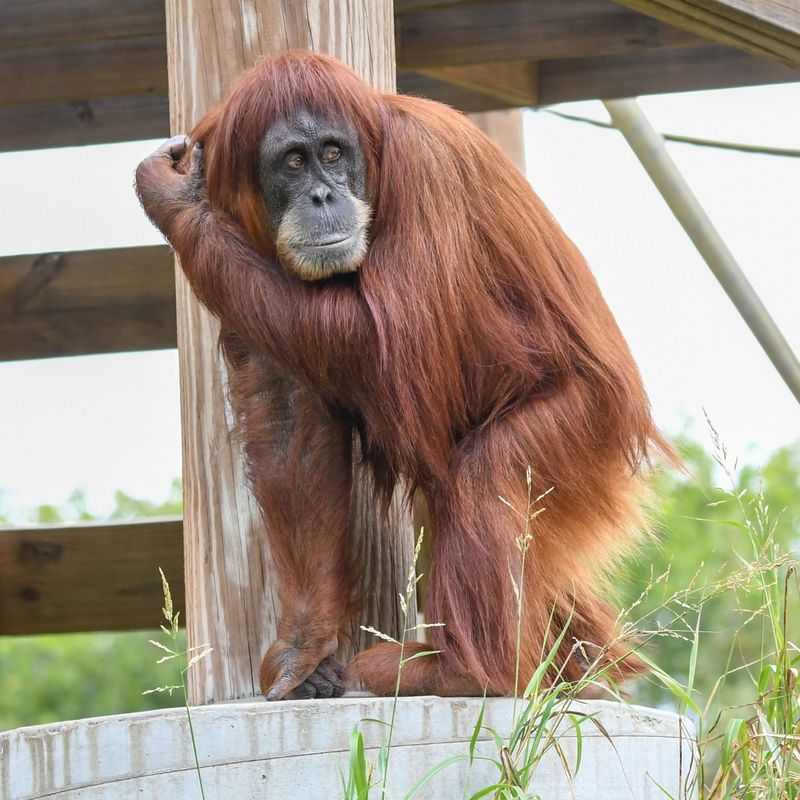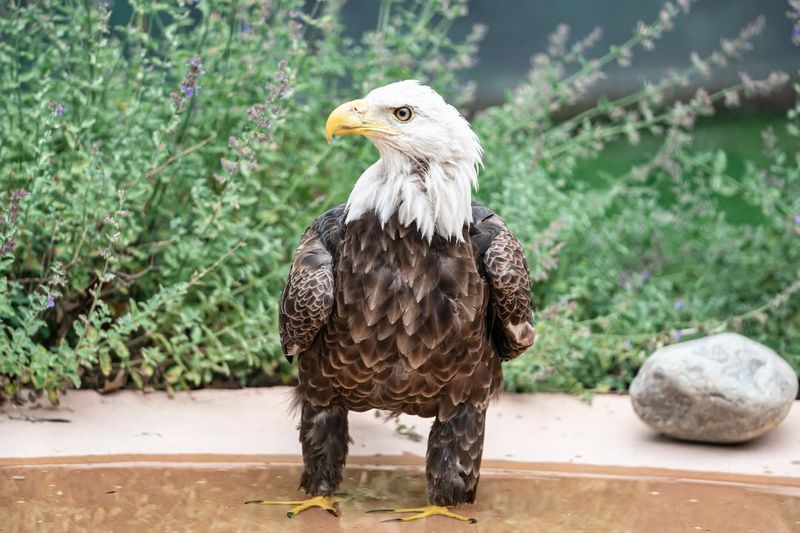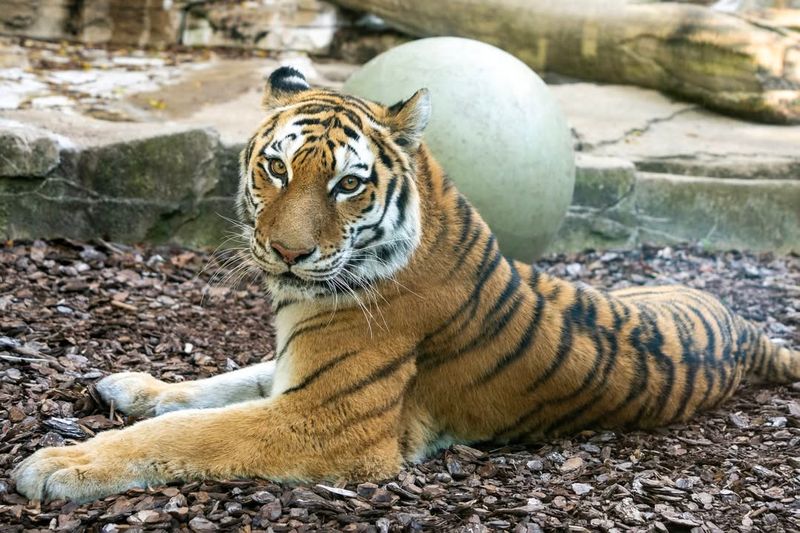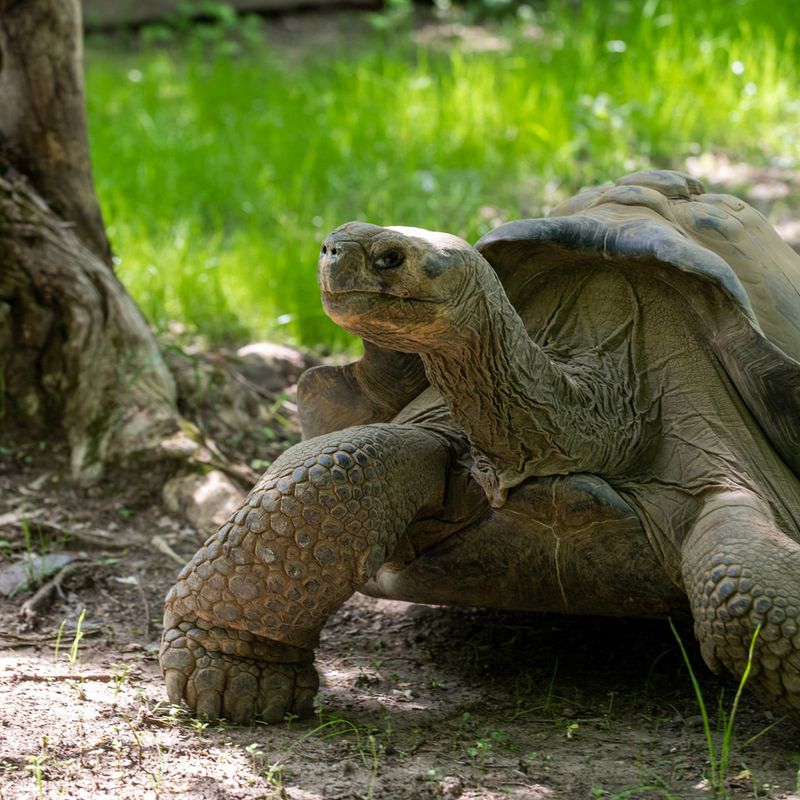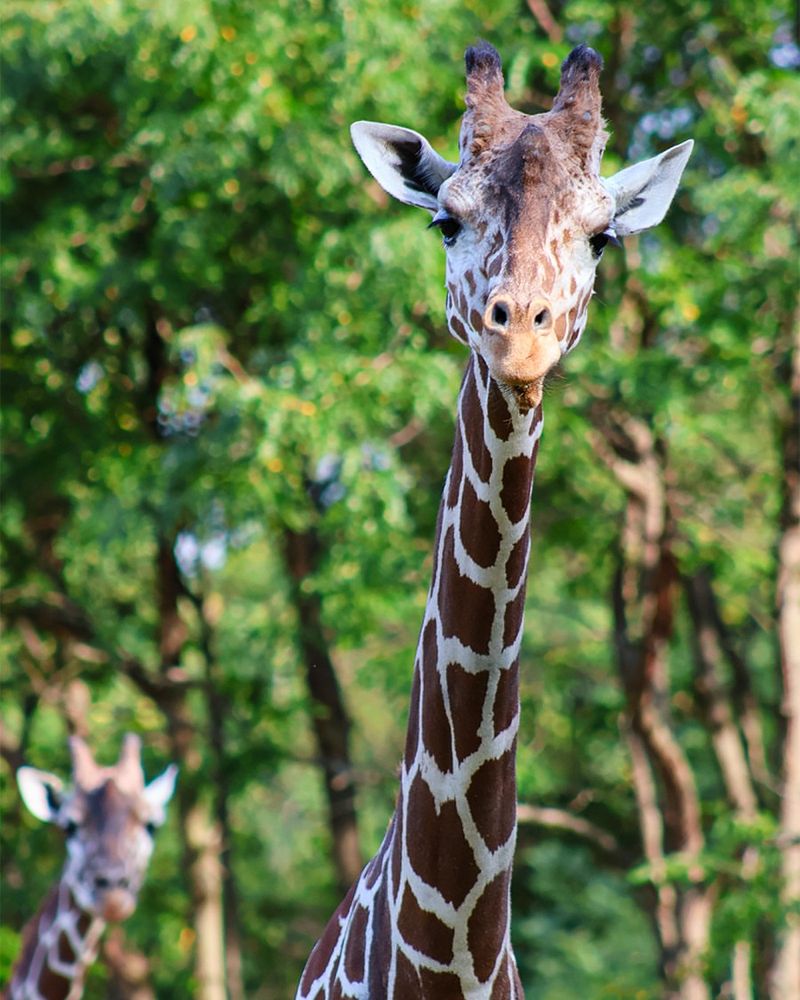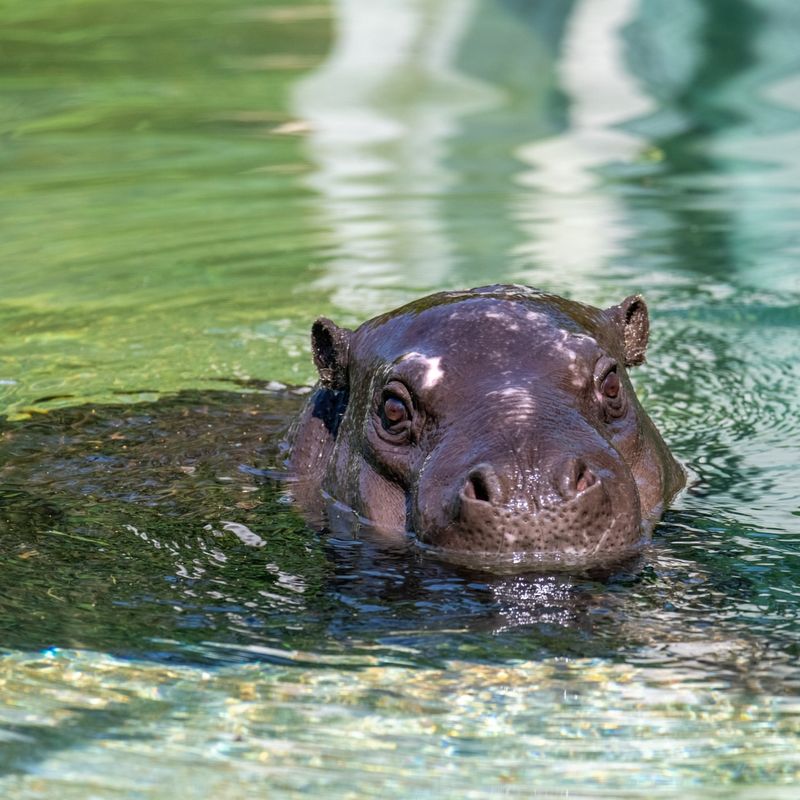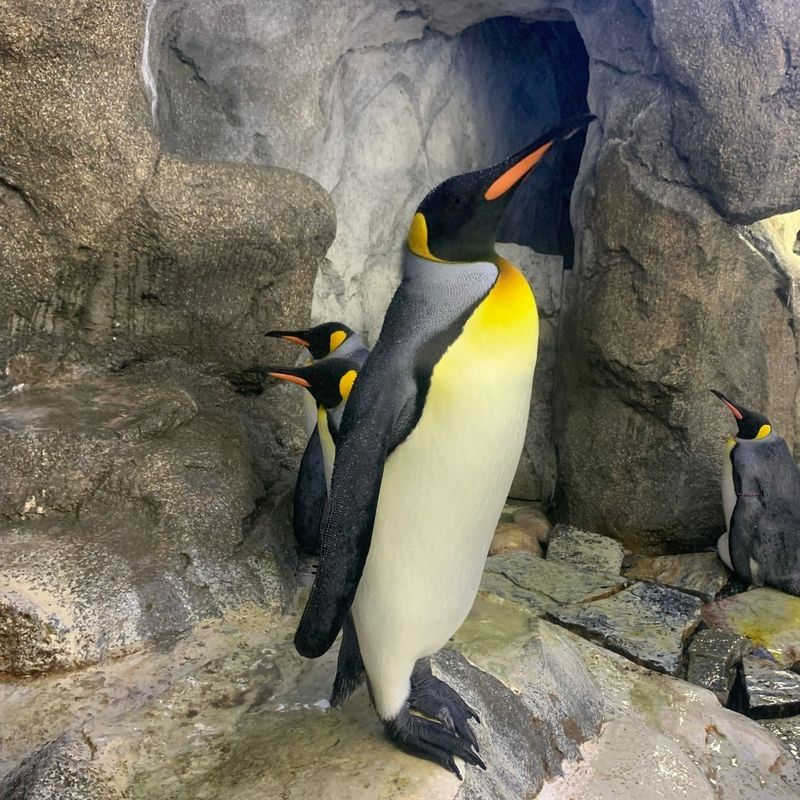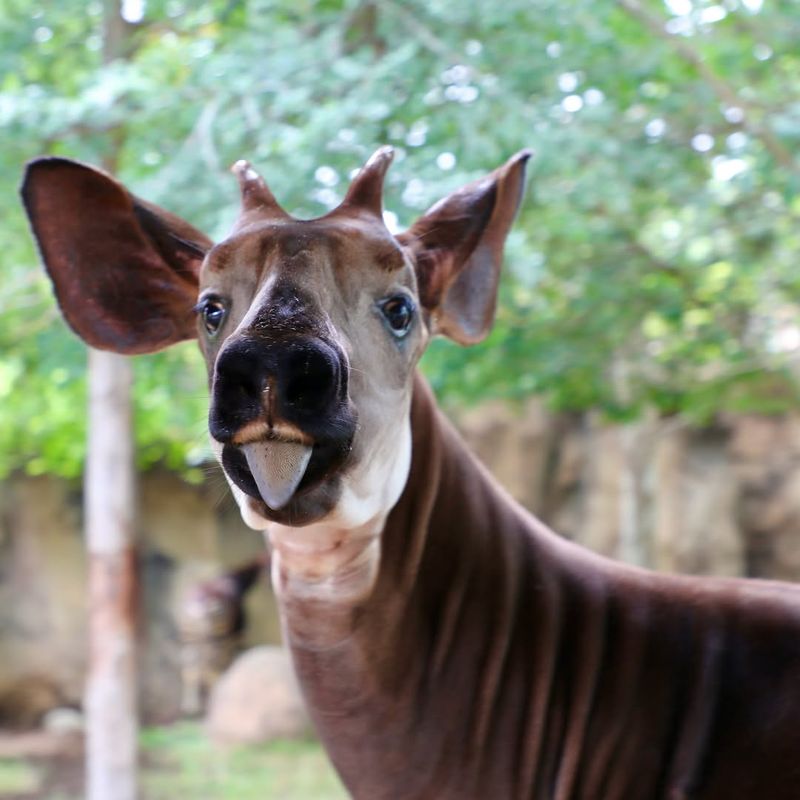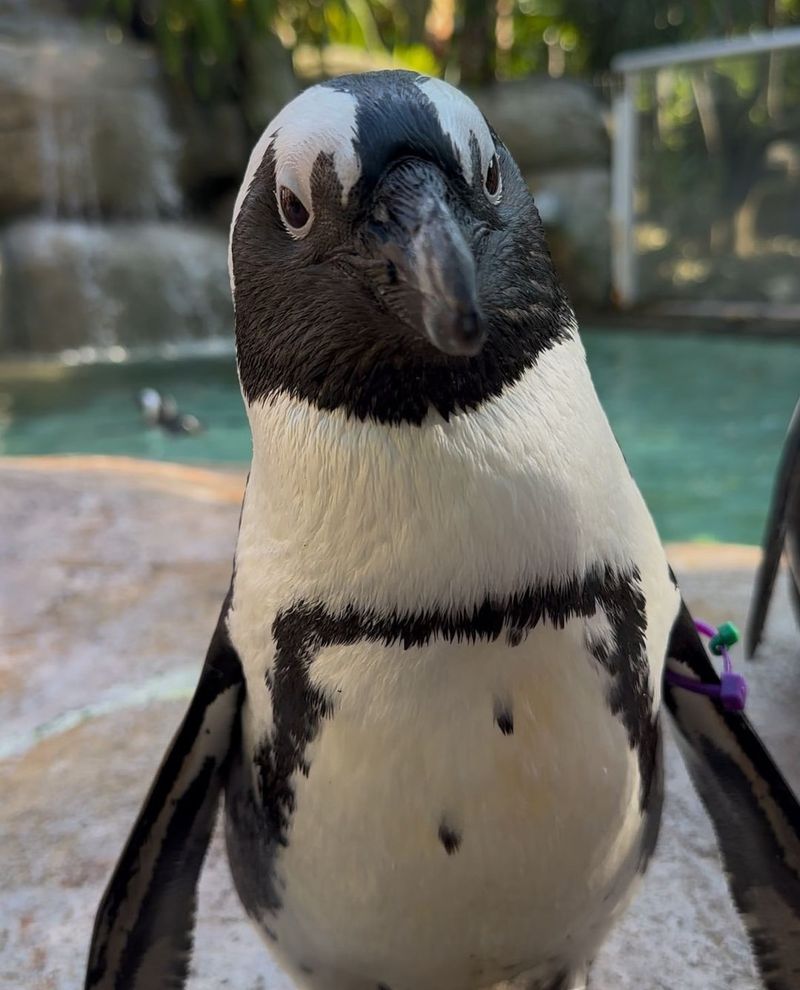📖 Table of Content:
Step into the fascinating world of U.S. zoos, where nature’s most extraordinary creatures await. From towering elephants to rare and elusive reptiles, these zoos showcase the rich diversity of the animal kingdom. Each visit offers a chance to marvel at wildlife up close while learning about conservation efforts that protect these remarkable species.
Zoos provide not only entertainment but also valuable education about the natural world. Through immersive exhibits and interactive experiences, visitors gain insight into the lives of animals from every corner of the globe. These encounters inspire curiosity and a deeper appreciation for wildlife and the ecosystems they inhabit.
Discover the incredible animals that call America’s top zoos home. Whether you seek thrilling adventures or peaceful nature walks, these zoos promise unforgettable experiences for visitors of all ages. Get ready to explore the wonders that make each zoo visit a journey into the wild.
1. African Elephant
The largest land animals, African elephants are renowned for their intelligence and deep family bonds. In U.S. zoos, they thrive in expansive habitats designed to mirror their natural environments, supporting their physical and social needs.
Visitors can observe their social interactions, from gentle trunk touches to playful splashing in waterholes. These magnificent creatures are a testament to the wonders of the animal kingdom.
Educational programs often accompany elephant exhibits, highlighting their role in the ecosystem and the challenges they face in the wild. A visit to see these gentle giants is both inspiring and enlightening.
2. Snow Leopard
Elusive and stunning, snow leopards captivate visitors in U.S. zoos with their thick, spotted coats and graceful presence. Perfectly adapted to cold mountainous regions, these big cats thrive in environments that reflect their natural habitat.
In zoos, they dwell in exhibits that resemble their natural habitats, providing ample opportunities for climbing and exploring. Observing a snow leopard stealthily navigate its enclosure is a fascinating glimpse into its agile prowess.
Through conservation talks, zoos emphasize the importance of protecting these endangered animals and their habitats. Witnessing a snow leopard is a rare treat that leaves a lasting impression.
3. Komodo Dragon
Komodo dragons are the world’s largest lizards, and their fearsome reputation precedes them. These reptiles can be seen basking in the sun at several U.S. zoos, captivating visitors with their prehistoric appearance.
Their long, forked tongues flicker in and out, a behavior that helps them detect scents in the air. Despite their lethargic appearance, they are efficient predators in the wild.
Zoo exhibits often highlight the Komodo dragon’s role in its native ecosystem and the conservation efforts to protect this vulnerable species. Seeing a Komodo dragon is both thrilling and educational.
4. Red Panda
With striking reddish-brown fur and endearing faces, red pandas are a delightful attraction at U.S. zoos. Playful and curious, they are often seen climbing trees or contentedly munching on bamboo, charming visitors with their antics.
These small mammals are native to the Himalayas and are excellent climbers. At the zoo, their enclosures are designed to mimic dense forest habitats, encouraging natural behaviors.
Zoo visits often include educational aspects about the red panda’s endangered status and conservation efforts. Observing a red panda is a charming experience that highlights the diversity and beauty of wildlife.
5. Giant Panda
A symbol of peace in China, giant pandas draw countless visitors to U.S. zoos with their distinctive black-and-white markings and gentle demeanor. Known for spending most of their time eating bamboo, their playful nature endears them to zoo-goers of all ages.
You’ll often find them lounging near a tree or engaging in playful antics with fellow pandas. Don’t miss the opportunity to learn about their conservation status and efforts to preserve their natural habitat.
Witnessing a giant panda up close is an unforgettable experience that underscores the importance of wildlife preservation.
6. Polar Bear
Being rulers of the Arctic, polar bears command attention at U.S. zoos with their immense size and thick, white fur. Their presence in icy enclosures captivates visitors, highlighting their strength and adaptability to the frozen wilderness.
Visitors can watch these powerful swimmers glide effortlessly through water, or observe them playing with enrichment toys designed to stimulate their natural behaviors. Polar bears are ambassadors for climate change awareness.
Zoos focus on conservation education, emphasizing the impact of global warming on polar bear habitats. A visit to see these majestic predators is both awe-inspiring and informative, shedding light on the challenges they face.
7. Sumatran Orangutan
Sumatran orangutans are highly intelligent primates with a gentle demeanor, delighting zoo visitors across the U.S. Known for their striking reddish-brown hair, they are adept climbers and use tools in the wild.
Zoo enclosures provide complex arboreal habitats that encourage natural behaviors. Observing their interactions and problem-solving skills is fascinating and educational.
Conservation efforts in zoos highlight the threats orangutans face, such as habitat destruction and poaching. Witnessing a Sumatran orangutan up close inspires appreciation for our closest relatives in the animal kingdom and the need for conservation.
8. Bald Eagle
Majestic and commanding, the bald eagle stands as America’s national symbol and a captivating presence at U.S. zoos. With their striking appearance and impressive wingspan, these birds of prey never fail to draw the admiration of visitors.
Zoos provide large aviaries that allow eagles to exhibit natural flying behaviors. Educational talks often accompany exhibits, emphasizing their conservation story and successful comeback from the brink of extinction.
Witnessing a bald eagle soar is a patriotic and awe-inspiring experience. It highlights the importance of wildlife protection and the positive impact of conservation efforts. A visit to see them is both educational and inspiring.
9. Amur Tiger
With vibrant coats and stealthy movements, Amur tigers captivate visitors as one of the highlights at U.S. zoos. Native to the Russian Far East, these magnificent big cats are admired for their strength and solitary nature.
Zoo habitats are designed to resemble dense forests, providing opportunities for tigers to stalk and explore. Observing their beauty and power up close is unforgettable.
Educational programs often focus on the challenges tigers face, such as poaching and habitat loss. Seeing an Amur tiger in action is a reminder of the natural world’s beauty and the need for conservation efforts.
10. Galápagos Tortoise
Galápagos tortoises, among the longest-living creatures on Earth, captivate zoo-goers with their massive size and slow, deliberate movements. Native to the Galápagos Islands, these gentle giants are a living link to the past.
Zoos provide spacious enclosures with grassy fields and water features, allowing tortoises to roam freely. Their longevity and unique adaptations are often highlighted in educational programs.
Visitors can learn about the tortoise’s historical significance and conservation efforts to protect their dwindling populations. Observing a Galápagos tortoise is a journey back in time, offering insights into ancient wildlife.
11. Giraffe
Graceful and towering, giraffes captivate visitors at U.S. zoos with their long necks and elegant stature. Known for their unique walking gait and striking patterns, these gentle giants leave a lasting impression on all who see them.
Zoos offer spacious savannah-like enclosures that allow giraffes to exhibit natural behaviors, such as browsing for leaves high in trees. Feeding experiences often allow visitors to get up close and personal with these towering creatures.
Educational talks emphasize giraffe conservation and the challenges they face in the wild. A visit to see giraffes offers a glimpse into the African savannah and the beauty of wildlife diversity.
12. Hippopotamus
Massive and playful, hippopotamuses are a must-see attraction at U.S. zoos. Often lounging partially submerged, these aquatic mammals delight visitors as they bask and interact in the water.
Zoos provide large pools and mudbanks, allowing hippos to display their unique behaviors. Watching a hippo emerge from the water or bask in the sun is both thrilling and educational.
Conservation programs highlight the role hippos play in their ecosystems and the threats they face. Observing these magnificent creatures is a reminder of the incredible diversity of life on Earth and the importance of conservation.
13. King Penguin
Second in size only to emperor penguins, king penguins captivate visitors at U.S. zoos with their distinctive orange and white markings. Thriving in cold environments, these graceful birds are a delightful addition to any exhibit.
Zoo exhibits replicate rocky coastal habitats, allowing penguins to swim and waddle freely. Watching their social interactions and graceful swimming is a treat for visitors.
Educational programs focus on penguin behavior, breeding, and conservation challenges. Witnessing king penguins up close offers insights into their fascinating lives and the importance of protecting cold-climate species. Their presence is both enchanting and educational.
14. Okapi
Okapis, known as the “forest giraffes,” intrigue zoo visitors with their unique appearance. Native to the Democratic Republic of the Congo, they possess zebra-like striped legs and a horse-like body.
Zoos recreate dense forest environments to promote natural behaviors, such as foraging for leaves. Observing an okapi is a rare opportunity to witness this elusive creature.
Educational talks highlight the okapi’s unique evolutionary traits and the conservation efforts to protect its habitat. Seeing an okapi is a testament to the planet’s biodiversity and the need to preserve unique species.
15. African Penguin
Known for their distinctive braying call, African penguins bring charm and character to U.S. zoos. Their black and white plumage stands out as they thrive in temperate climates, captivating visitors with their playful and social nature.
Zoo exhibits offer sandy beaches and rocky areas, allowing penguins to exhibit natural behaviors. Observing their playful antics and social dynamics is a delightful experience.
Conservation messages focus on the threats African penguins face, such as habitat loss and oil spills. Witnessing these endearing birds underscores the importance of protecting marine environments. Their playful presence brings joy and awareness to zoo visitors.
